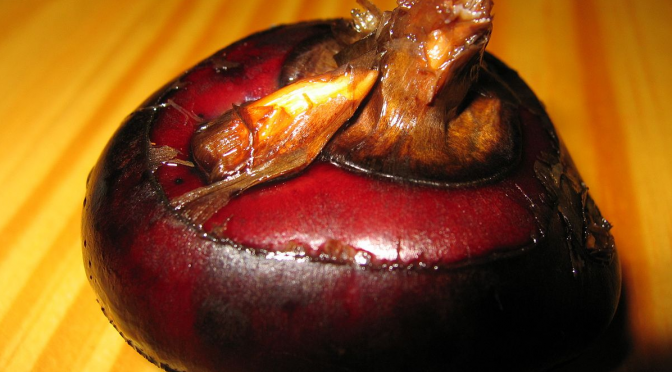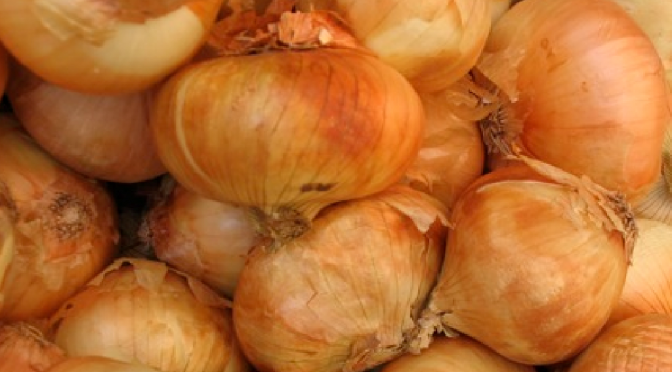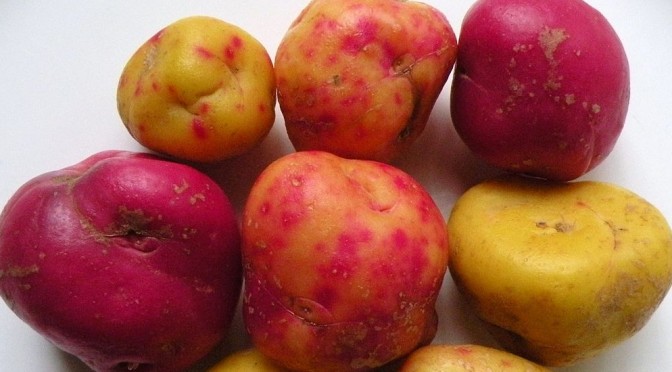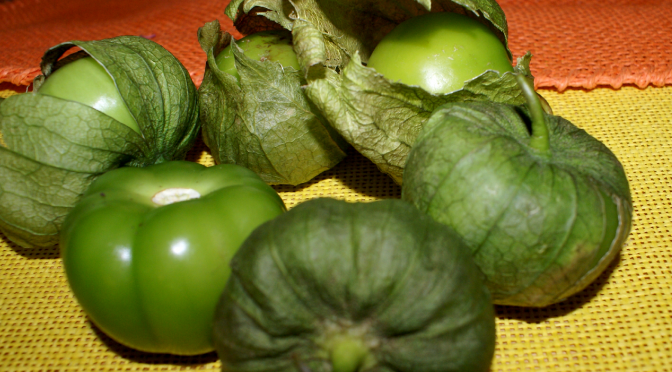Yes, I am truly reaching for the “X” in this and I have settled on using the Mandarin Chinese name of a commonly known melon… the watermelon. It actually is a specific kind of melon that is grown in China, but essentially, the same as watermelons around the world. The xigua, pronounced shee-gwa, is a small roundish melon with deep green stripes on a lighter green skin.
The watermelon itself is believed to have originated in south Africa and records from Egypt showed it was cultivated in the Nile Valley as far back as 2000 BC. Eventually, it began to spread across Europe and toward the east. Moorish traders carried the fruit to Spain where it was grown in Cordoba and Seville. By the 7th century, it was being cultivated in India and by the 10th century it had reached China, where it really took hold. Today, China is the world’s largest watermelon producer. It came to the Americas with European colonists and their African slaves. Spanish settlers brought it to Florida in 1576. By 1650, it was grown in Peru, Brazil and Panama and other settlers brought it to the British and Dutch colonies while Native Americans in the Mississippi Valley and Florida had begun growing the crop as well. Explorers took the seeds to the South Pacific where they were quickly adopted in Hawaii and other Pacific Islands. Who doesn’t love watermelons, after all? They are colorful, refreshing and delicious.
While I grew up with watermelons used as a dessert, basically a big slice or wedge of watermelon on a plate, I have had to cut back severely on them with a low carb lifestyle. Yes, they are primarily water, but they do have a lot of natural, although flavorful, sugar in them. I remember we used to sprinkle a little salt on the fruit and it would make it taste even sweeter. Mostly, I eat watermelon raw, just chilled and sliced is perfect, or I have actually processed them for a glass of watermelon juice. They also are a great recipe ingredient in salads and salsas.
Of course, it’s easy to make a basic fruit salad with cubed watermelon, cantaloupe, honeydew melon, sliced strawberries, and grapes, but the watermelon has a much larger range than that. It combines well in green salads, goes with avocados, olives, and beets or other vegetables to create different salads. You can even make a watermelon jelly – go ahead, Google it — watermelon lemonade and watermelon sorbet. In fact, I am inspired and when watermelon season comes into full swing this summer, I’m going to try to make a low carb version of a few of these recipes. That’s your cue to come back to see if I can meet this challenge.
Another popular use for the xigua and other watermelons is carving. They are a wonderful artistic medium for food artists and are carved into flowers, animals, and whole scenes. To some artists, they can carve a watermelon the same way you’d carve jade. There are carved melon festivals around the world. Here are a few links to some of these:
Watermelon Festival of Italy
Monticello Florida Watermelon Festival
Pardeeville, Wisconsin Watermelon Festival
Beijing Watermelon Festival
For my dragon-loving friends, there’s this:
And there’s this peculiar use of watermelons from those fun-loving Aussies: Watermelon Skiing
Nutrition Info for xigua (watermelon) 1 cup diced
Calories: 48.7 Fat: 0.7 Net Carbs: 10.2 g Protein: 1.0 g
Recipes
Recipes using Xigua or watermelons from Watermelon.org
Did you know you could use the watermelon rind as well as the fruit? Try this Watermelon Rind Slaw
Water Melon Glazed Meatballs
Stacked Jicama Chicken Salad
Information to help write this article came from Melons for Vegetables, The Hungry Kitchen, Ask.com, and Wikipedia
Photos are from Wikipedia media Commons and used under public-use agreement. Top photo “Watermelon – Fruit Bazaar – near Besat sq – Nishapur 08” by Sonia Sevilla – Own work. Licensed under CC0 via Wikimedia Commons –
Food Carving photo by Rlevse via Wikimedia Commons










